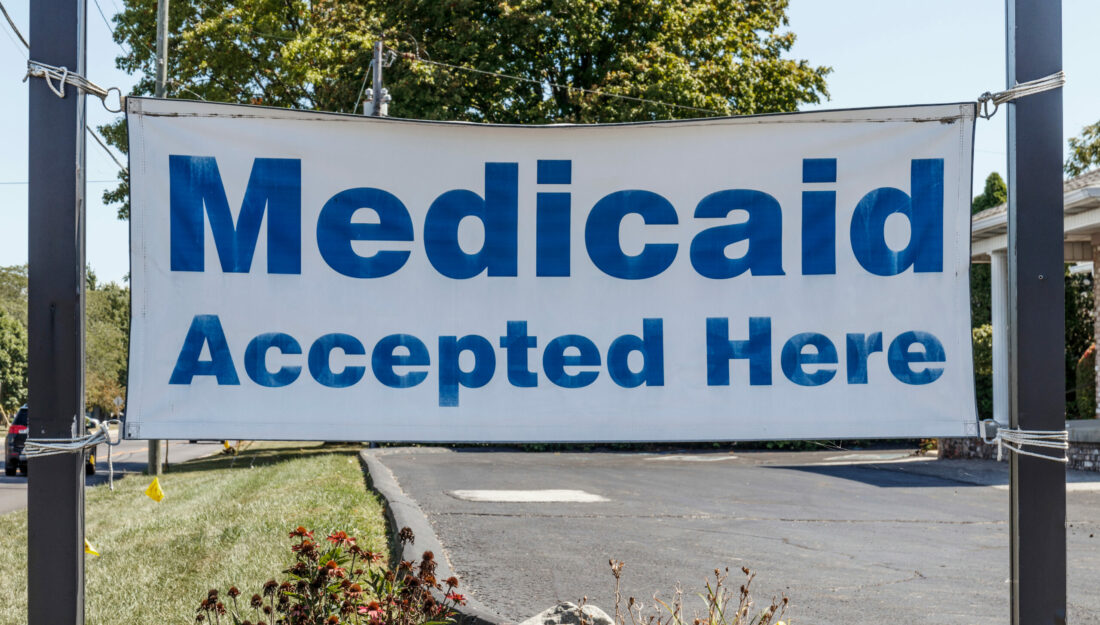- Lauren Rouse
- COVID-19, Editor's Pick, Featured, Pharmacy, Public Health, Show on VR homepage
Behind the pandemic, an epidemic worsens
While the world focuses on the coronavirus pandemic, the ongoing opioid epidemic in America has gotten worse

Drug overdoses have increased drastically during the COVID-19 pandemic. Provisional data released from the Centers for Disease Control and Prevention (CDC) and the National Center for Health Statistics (NCHS) indicates more than 81,000 deaths occurred from drug overdoses in the United States between June 2019 and May 2020, which is the largest number of drug overdose deaths ever recorded in the nation for a 12-month period.
The report also noted that the rise in overdose deaths during this period was primarily driven by synthetic opioids, with state and local data reporting overdoses were linked to “illicitly manufactured fentanyl.” Texas, although not initially seen as a high opioid misuse state, reported a greater than 50 percent increase in synthetic opioid deaths in this 12-month period.
The unknowns and challenges that come with a pandemic can cause many people to become stressed and overwhelmed with strong emotions, according to the CDC. This increased stress can cause anger, sadness, worry, frustration and physical reactions such as headaches, stomach pains or skin rashes, worsening mental health conditions, and increased use of drugs, alcohol and tobacco.
“It is not surprising that there is a convergence of these two public health crises, and generally negative impacts on both mental and physical health, especially for older adults who may become more socially isolated,” said Marcia G. Ory, PhD, MPH, founding director of the Texas A&M Health Center for Population Health and Aging and chair of the Texas A&M Health Opioid Task Force.
Physical distancing and avoiding contacts outside of the home could inadvertently lead to higher numbers of people using substances alone without others to perform life-saving measures like administering naloxone or calling for help in case of an overdose. Additionally, the fear of contracting COVID-19 could deter bystanders from administering life-saving measures or the user from reaching out to health care providers for help.
The response to mitigate the COVID-19 pandemic has also involved shelter-in-place recommendations, travel restrictions and physical distancing guidelines, adding additional hurdles to treatment that people with opioid use disorder already face.
The opioid epidemic didn’t go away when the coronavirus pandemic began, but access to many treatment options did. Getting treatment for opioid use disorder has always been complicated, often requiring daily visits to receive medication, such as methadone, that control cravings and maintain sobriety under the supervision of a clinician. During the pandemic, many such programs have remained shuttered, even as overdoses are on the rise.
“Many patients suffering from opioid use disorder lost their main source of continuity, not only for medication and treatment, but also the community of people that supports them during recovery,” said Joy Alonzo, M. Engineering, PharmD, clinical assistant professor at the Texas A&M Irma Lerma Rangel College of Pharmacy and co-chair of the Texas A&M Health Opioid Task Force.
Alonzo states that although the federal government has attempted to ease restriction to access medications, the guidelines are ambiguous and not uniformly implemented, creating a burden on patients. Additionally, the in-person individual and group therapy that is so important to maintain recovery from opioid use disorder (OUD) have moved online or are not currently available.
“People are isolated due to the pandemic and are not engaging in treatment online. Not everyone has Wi-Fi, a computer or phone to access telehealth,” Alonzo said. “If you are alone and have no access to your support network, you are at much greater risk of relapse, and if you start to use alone, you are at greater risk of an overdose.”
Patients can still only receive methadone for OUD treatment through a federally licensed opioid treatment program. Some regulatory measures have changed to allow patients to receive a supply of take-home methadone, instead of coming to the facility every day. Another medication used to treat OUD, buprenorphine—which is regulated under a separate Drug Enforcement Administration prescriber licensing measure known as an X-waiver—has also undergone regulatory revisions. Although the X-waiver requirement still exists, the prescriber-to-patient, face-to-face requirements have been relaxed, reducing the number of times the patient has to come to the clinic to get the medication. There has been no provision for the lack of psychosocial supports which typically accompany the medication treatment and ensure that patients maintain recovery, which remains a huge concern. The result on patient outcomes of the new regulations is unknown, and access to care continues to be a challenge.
The CDC has provided a list of recommendations for expanding essential service prevention and response activities to health care providers, public health departments, community education programs and others.
Recommendations include guidelines to: “expand the provision and use of naloxone and overdose prevention education; expand access to and provision of treatment for substance use disorders; intervene early with individuals at the highest risk for overdose; and improve detection of overdose outbreaks due to fentanyl, novel psychoactive substances (e.g., fentanyl analogs), or other drugs to facilitate an effective response.”
Learning how to recognize adverse patterns of behavior, evidenced-based screening techniques, and referring to appropriate treatment resources are key, Alonzo said. “Especially now, we have to see risk for opioid use disorder as a serious medical condition that requires medical intervention, not punitive intervention.”
Through the Opioid Task Force and the EMPOWER TeleECHO Clinic program, Texas A&M faculty, staff and student ambassadors are able to educate the community and health care practitioners about the opioid epidemic and harm reduction strategies.
“Our goal as a task force is to not only reach underserved areas, but any clinician, practitioner or community member in need of additional education and training which will equip individuals with the knowledge, skills and expertise necessary to prevent opioid overdoses, thereby combatting the opioid epidemic in their local communities,” said Chinelo Nsobundu, RN, DrPH, CHES®, program manager for the center’s Opioid Task Force activities.
EMPOWER (Enhancing Mental Health Practice, Organization and Workforce through Education and Readiness) enables providers from all disciplines and locations to build their expertise and increase their workforce capacity to implement high-quality, evidence-based care around opioid use disorder prevention, screening, treatment and recovery. By moving medical knowledge, not patients, patients can be treated where they are, rather than where specialists practice.
“It is critically important for anyone in the health care field to reach out to those who may be at risk for or suffering from substance use disorder, including OUD,” Alonzo said. “All the issues regarding mental and behavioral health have been amplified during the pandemic, and it will take everyone in health care to increase access to care for those affected.”
Media contact: media@tamu.edu


